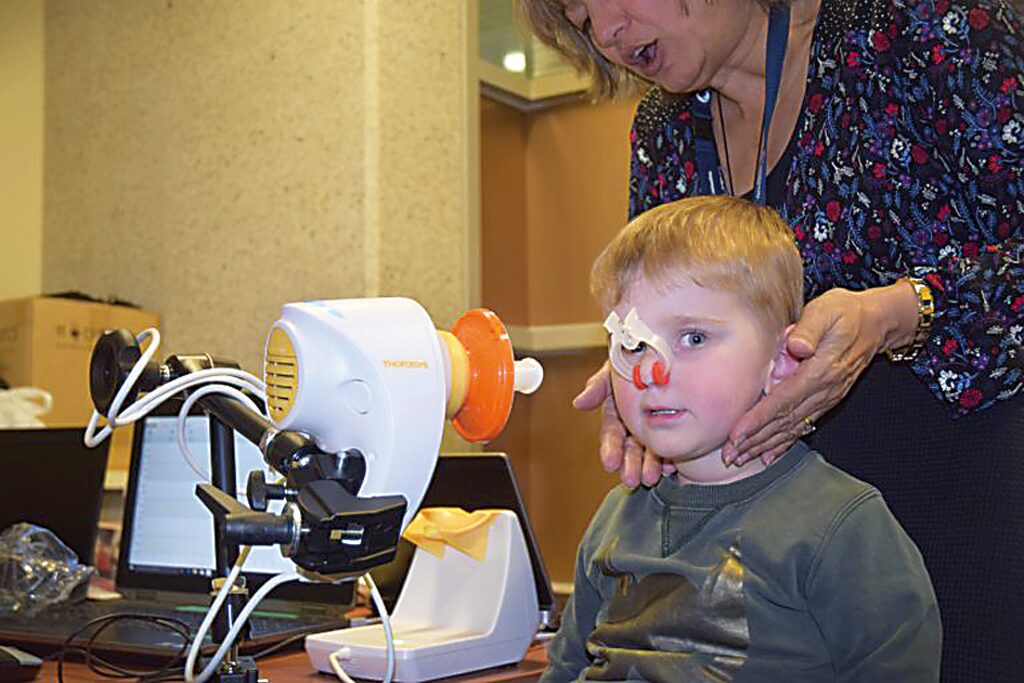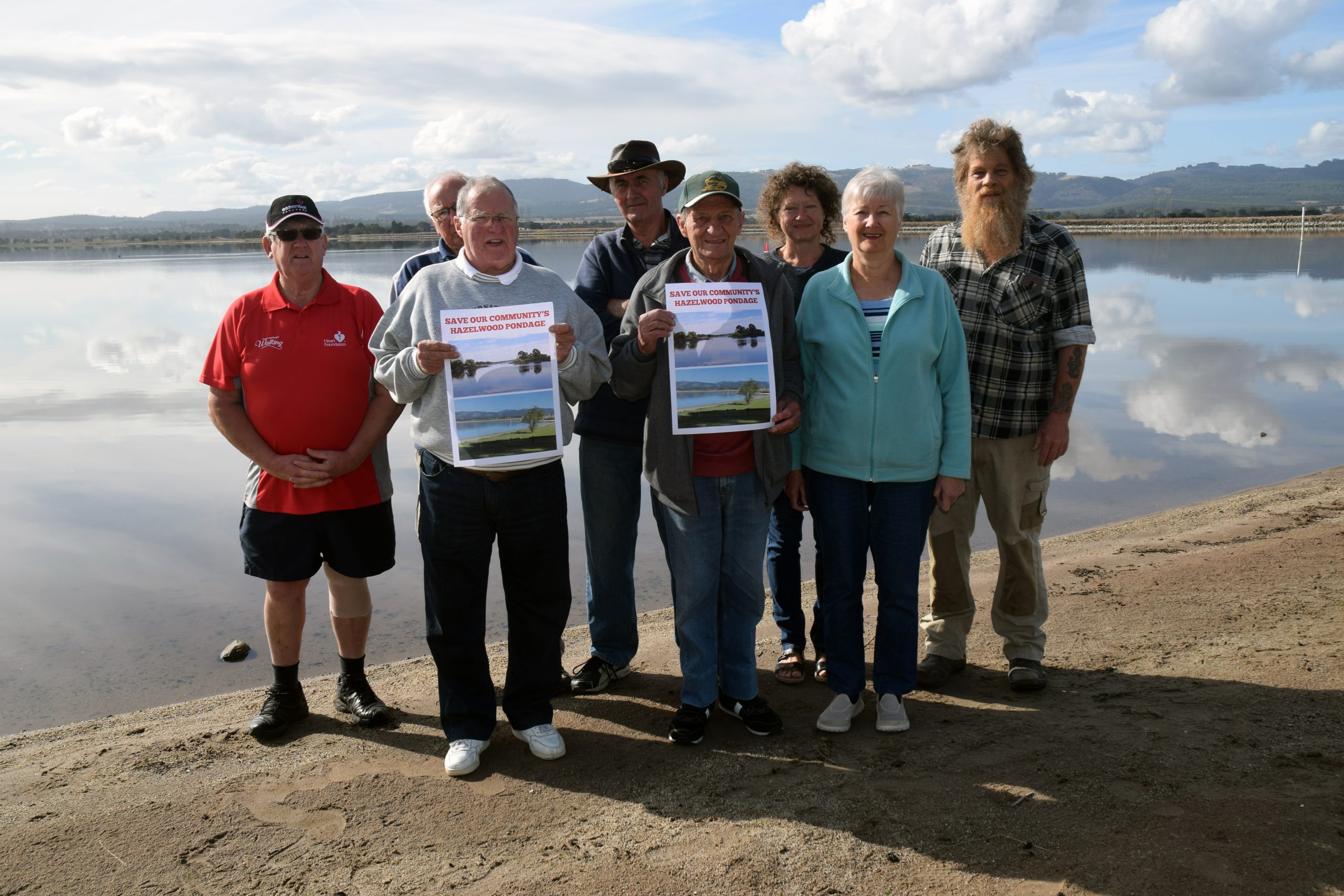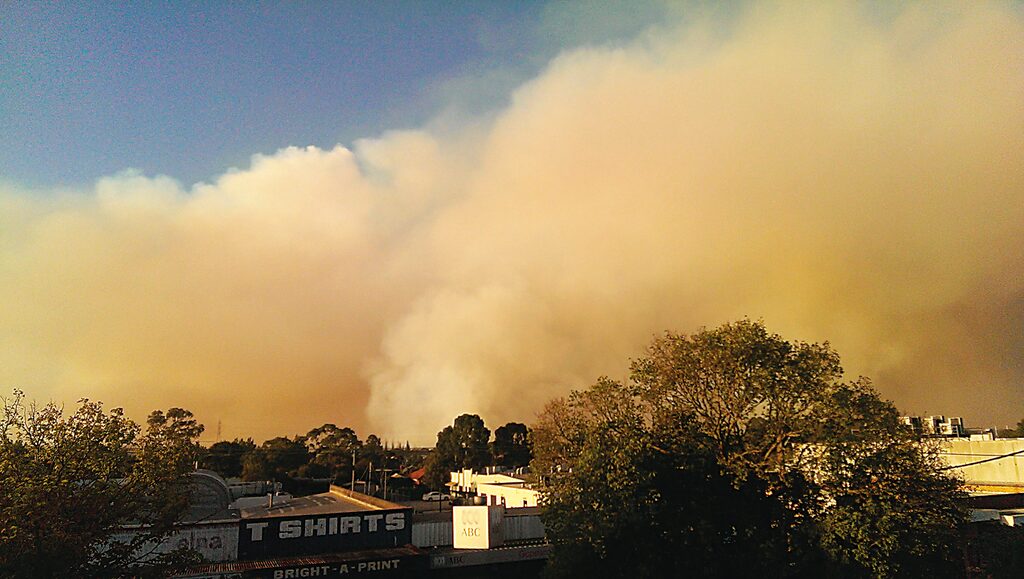By ZAIDA GLIBANOVIC
WITH the 10th anniversary of the Hazelwood Mine Fire upon us, new research has found that children exposed to air pollution in the 2014 disaster have shown no long-term lung issues.
The region was anxious during the 45-day Hazelwood mine fire blaze, as extreme air pollution and smoke covered the Valley.
Many Morwell residents were concerned for their health at the time, but even more so about the potential long-term effects the pollution may have caused.
Medical researchers conducted a prospective cohort study of 200 to 300 children who lived near the Hazelwood coal mine fire in 2014. The researchers found there was no statistically significant relation between mine fire-related pollution and prolonged lung issues.
What was found was that children who were post-natally exposed to the Hazelwood mine fire air had experienced decreased lung function three years post the initial exposure, but lung health restored itself seven years on.
These results came from the Victorian Department of Health-commissioned Hazelwood Health Study.
The study was led by independent researchers from Monash University in collaboration with Federation University, University of Tasmania, University of Adelaide, and the CSIRO.
The purpose of the study was to investigate possible long-term health impacts from the extreme smoke levels at the time of the fire.
This study is from the Latrobe Early Life Follow Up Study – the child health and development stream of the full Hazelwood Health Study.
Many studies have focused on how chronic, low-intensity air pollution exposure directly correlates to reduced lung function throughout childhood, but not the effects of acute high-intensity air pollution exposure on children.
During the six weeks the mine was on fire from February to March in 2014, neighbouring towns were exposed to dangerously poor air quality levels, with 23 out of the 45 days exceeding the PM2.5 air quality standard.
PM2.5 are very small particles usually found in smoke. They have a diameter of 2.5 micrometres (0.0025mm) or smaller, which can cause coughing, choking, and breathing issues.
Good air quality sits at PM2.5 25 µg/m3, averaged over one hour. In Morwell, the pollution reached a maximum PM2.5 of 731 µg/m3.
Children affected by the pollution of the mine fire, though initially suffering from adverse health effects, have recovered seven years after the fact and perhaps it highlights a message of the Valley’s recovery and resilience.
The Latrobe Valley Express spoke with Professor Fay Johnston, the research paper’s lead investigator.
“This is the first study of its kind in the world, so we did not know what to expect! But as severe smoke exposure is getting more common with increasing bushfire risk, it’s a very important study. We need to know how long lasting any impacts might be as we know that young children are a vulnerable group,” Prof Johnston said.
Researchers were pleasantly surprised by the good results.
“At our first follow up which was three years after the fire, we found small changes in lung function associated with higher smoke exposure at the time of the fire. We were pleased to see in this study – seven years after the fire – that these associations with higher smoke exposure were no longer detectable,” Prof Johnston said.
It is well known through many studies of air pollution around the world that chronic air pollution over years has more serious impacts on health than short or 24-hour fluctuations in air pollution.
However, those studies don’t evaluate extreme exposures seen with fires, unlike the ground-breaking study conducted by Prof Johnston and her team, which was a first of its kind.
The state government has invested in the region after the disastrous event with the Hazelwood Mine Fire Inquiry in its two iterations and a myriad of health bodies and transition organisations aiming to assist the region after the disaster.
Though this study suggests children are found to have no long-term lung deficiencies after the mine fire, it doesn’t take away from the very deadly and toxic nature of the disaster.
The second Hazelwood Mine Inquiry found the fire likely contributed to a rise in deaths in the region.
Moe’s Sally-Anne Watson Kane recalls leaving the region with her child during the worst of the smoke in February.
“My Jak was a toddler then and I had to leave town for a few days as breathing the air gave him asthma,” she said.
While the new research findings into children’s lung health were positive, previous research from the Hazelwood Health Study has shown that the mine fire has indeed had long-term health and social impacts.
Furthermore, new findings from the Psychological Impacts and Community Wellbeing streams of the Hazelwood Health Study found differing level of community wellbeing since the fire.
“The mine fire caused considerable disruption at the time, with community members raising concerns about long-term health, social and economic impacts,” Hazelwood study Co-Principal Investigator, Dr Matthew Carroll said.
The survey, completed by 585 Morwell residents in late 2019 and early 2020, was a follow-up to the major Adult Survey completed in 2017.
Overall, the study found some demographics were more dissatisfied than others with community wellbeing perceived to have declined since the mine fire.
“The findings regarding younger people and those who have experienced recent stressful events or health complaints provide important insights into which groups could be targeted for support services in response to future events,” Dr Carroll said.
“Importantly, other findings suggested that some sectors of the community, particularly older people, reported higher community wellbeing, potentially because they had a stronger attachment to the Morwell community and so were more resilient.”
People’s perceptions of community wellbeing since the mine fire weren’t dependent on how much smoke they had been exposed to during the event.
“This long after the mine fire, it is not surprising that the impacts of the event on people’s sense of community wellbeing were not limited to just those with higher levels of smoke exposure,” Hazelwood Study Community Wellbeing stream lead, Dr Sue Yell said.
“The event has had wider economic and social implications that clearly impacted broadly across the community.”

Resilient: Researchers found positive results from the latest report on the health effects of the Hazelwood Mine Fire on children.











